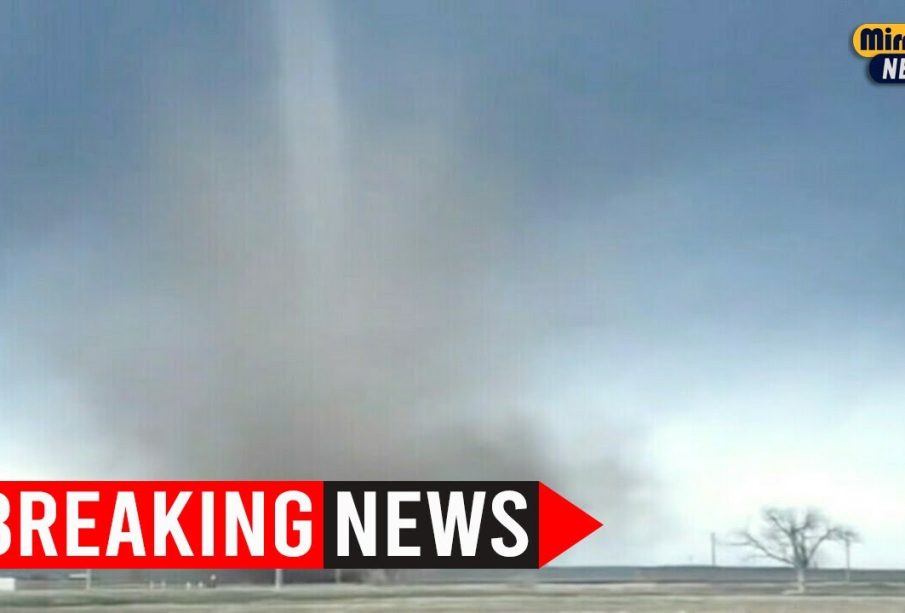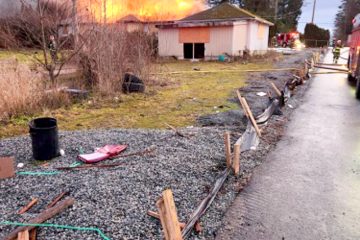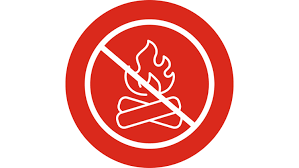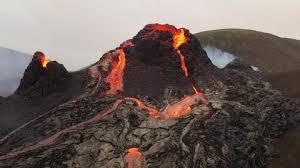The Recent Rolling Hills Alberta Tornado: Impact and Recovery

Introduction
On July 7, 2023, a powerful tornado struck the community of Rolling Hills, Alberta, impacting local residents and infrastructure. Tornadoes are rare but can have devastating consequences when they do occur, especially in rural areas like Rolling Hills. Understanding this event’s intensity and aftermath is crucial for promoting safety awareness and preparedness in vulnerable regions.
The Tornado Event
The tornado, rated as an EF2 by Environment Canada, touched down around 6:15 PM, packing winds of up to 180 km/h. According to Environment and Climate Change Canada, the tornado was part of a broader weather system that brought severe thunderstorms and heavy rainfall across southern Alberta. Residents reported dark, swirling clouds and a loud roaring sound before the tornado emerged, prompting a quick response from local authorities.
Impact on the Community
The tornado caused extensive damage, uprooting trees, flattening barns, and damaging homes. In total, over 20 buildings were significantly affected, with the local emergency services declaring a state of emergency shortly after the tornado passed. Fortunately, there were no reported injuries or casualties, which can be attributed to an alert community and timely warning systems that allowed residents to seek shelter.
Response and Recovery Efforts
In the days following the tornado, community support became vital. Local organizations and volunteers mobilized to assist those whose properties were damaged, offering food, shelter, and supplies. The provincial government also announced disaster relief funding to aid in recovery and rebuilding efforts, providing grants to assist affected families and businesses in restoring their livelihoods.
Conclusion
The Rolling Hills tornado serves as a stark reminder of nature’s unpredictability. While fortunately, this event did not lead to casualties, it highlights the importance of emergency preparedness and community resilience. Moving forward, both residents and local authorities will need to collaborate closely to enhance their readiness for future severe weather events. Enhanced early warning systems and community training sessions are essential to mitigate risks and safeguard residents against future tornadoes and other natural disasters.





